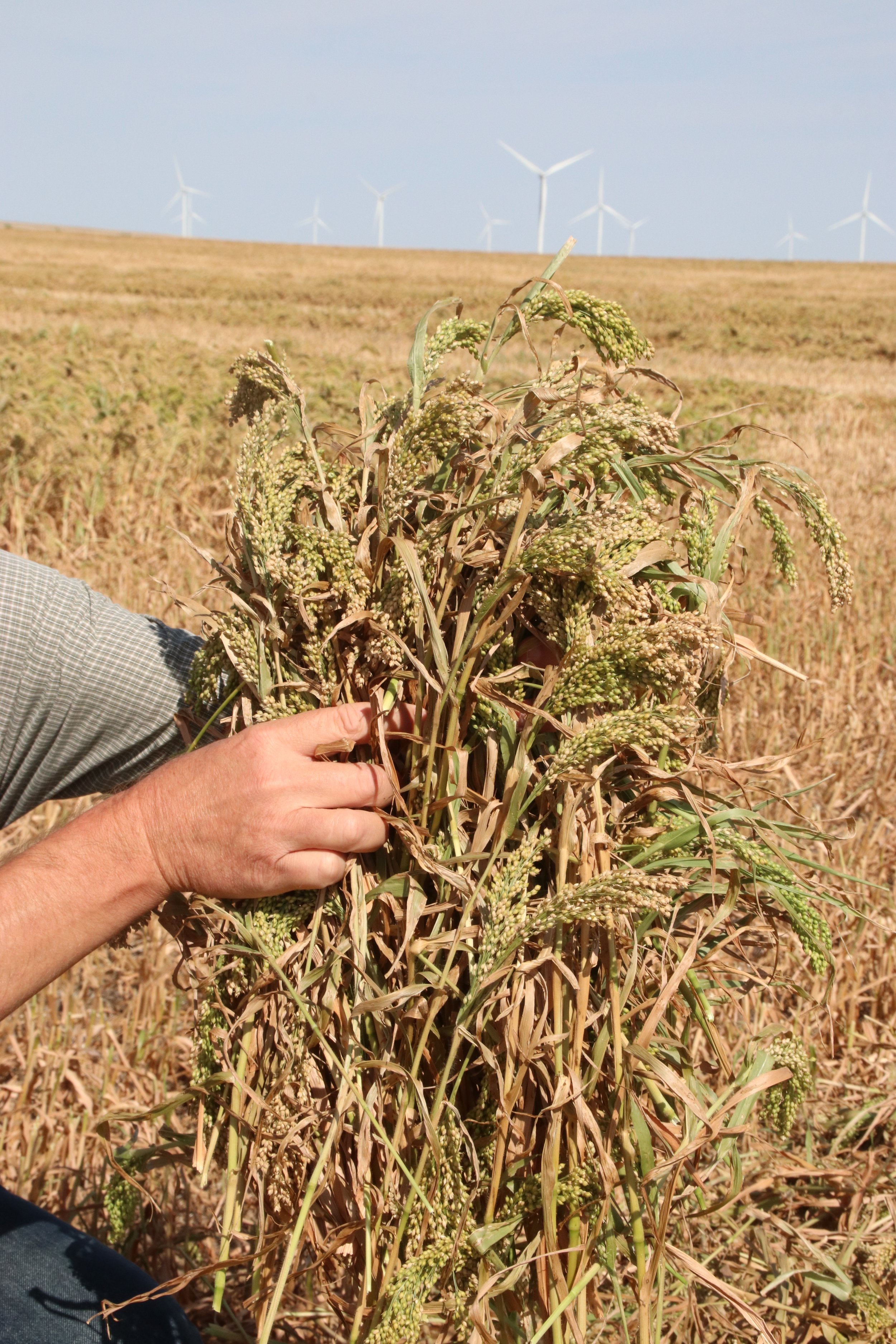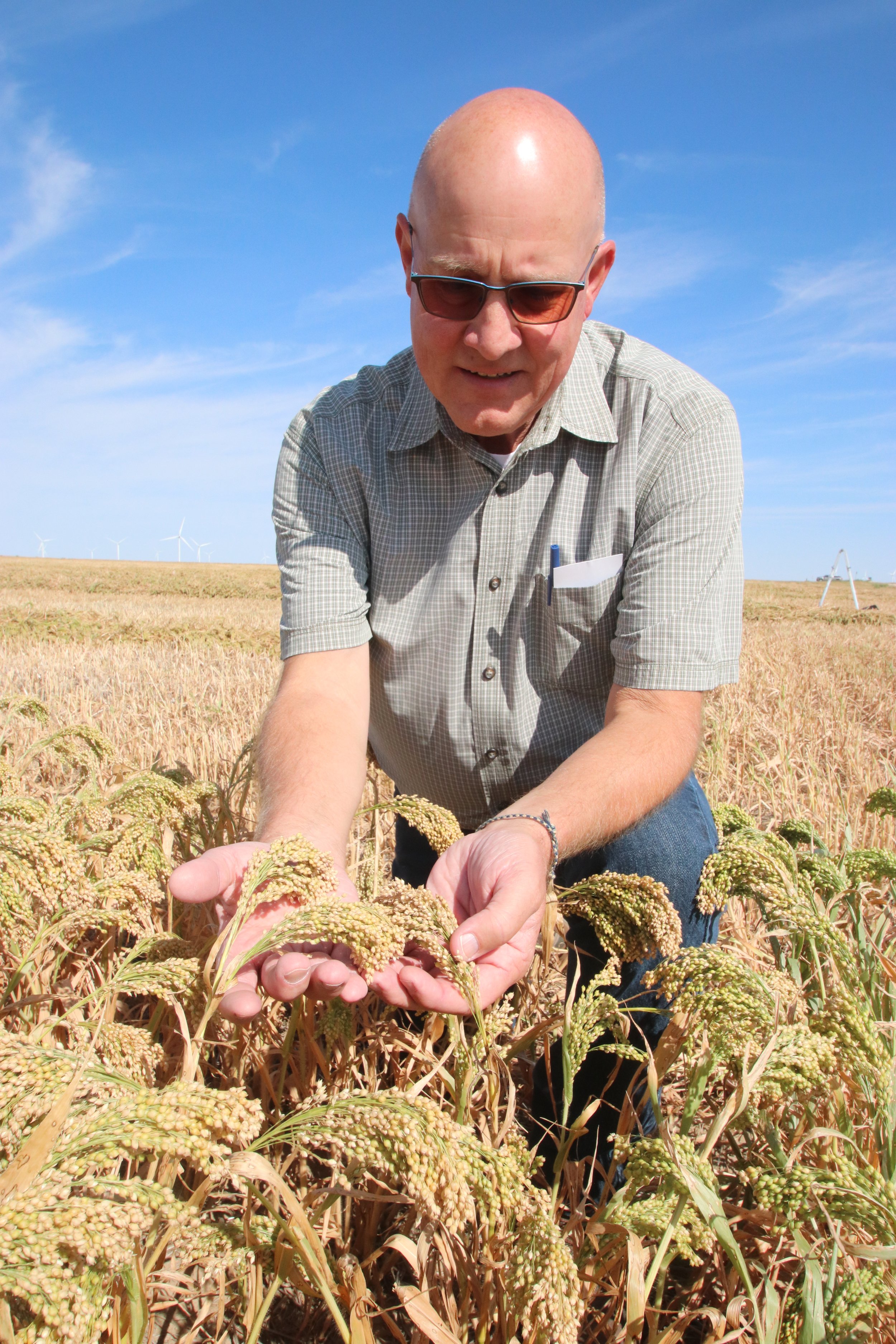Proso Millet: The Mindful Crop
As drought conditions continue to rise, more farmers seeking a grain that can thrive in dry and arid conditions, are looking to proso millet as a solution.
To start with some background knowledge, proso millet is an ancient grain that first originated in East Asia around 8,000 B.C.
In recent years, we have seen a growing interest for this super grain, with 5 to 10 million acres of millet currently grown around the world.
With its versatility to thrive in growing conditions where other crops fail, proso millet is able to successfully grow in arid climates with little to no rainfall – which is what sets this wonder grain out above the rest.
Where Can Proso Millet Be Grown?
Proso Millet is grown both domestically in the U.S. and internationally. In more recent years, with climate challenges and environmental focuses, proso millet has received increased attention as farmers seek climate-conscious, sustainable, and profitable crop options.
Although this cereal grain can be produced in many parts of the country, crop farmers in U.S. states like Colorado, Nebraska, South Dakota, North Dakota, Kansas, Washington and Oklahoma are championing the advantages of proso millet to modern U.S. farming in places like the High Plains and the Pacific Northwest.
Looking beyond the United States, in Figure 1 below, here are additional countries that are producing proso millet.
Growing A Successful Proso Millet Crop
Requiring less water than any other cereal and still being able to produce a harvestable (and marketable) crop gives proso millet the leg up over other crop options. Many farmers have found that proso millet is a great choice for their “poor” fields that do not have adequate amounts of soil moisture that other crops need to thrive.
Another bonus to growing proso millet is that this grain has a wide planting window. The ideal soil temperature when planting proso millet ranges from 55ºF and above. Proso Millet only takes 60-90 days to seed, compared to corn at 130-150 days – making it a grain that you can make a faster return on!
Although millet doesn’t look very “mighty” with its average height reaching between three and four feet tall, the impact on farmers' operations is huge.
With Dryland Genetics’ latest advancements to proso millet, farmers can expect to experience high-yielding and consistently performing varieties of proso millet. The average farmer who incorporated Dryland Genetics DLG20 or DLG40 proso millet into their operation, during a 2021 study, experienced a 10% to 40% increase in yield from their
first year growing proso millet.
Why Should I Grow Proso Millet?
Proso Millet is a versatile grain that can stand alone in dry, semiarid climates and serve as a double-cropping option with other grasses such as hay or oats. (It’s even a great pair for winter wheat or peas.)
Some may refer to proso millet as an emergency cash crop due to its short growing season and the ability to produce a profitable grain in just three months or less.
2023 is in fact bringing a millet movement as more farmers discover this climate-conscious cereal grain and its minimal production requirements for profitable yield results. Dryland Genetics is changing the game for millet production by providing farmers across the planet with higher-yielding proso millet varieties through modern-day breeding techniques.
If you want to learn more about how you can grow Dryland Genetics proso millet or be part of the millet movement, contact us.



